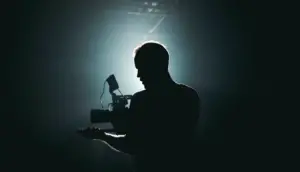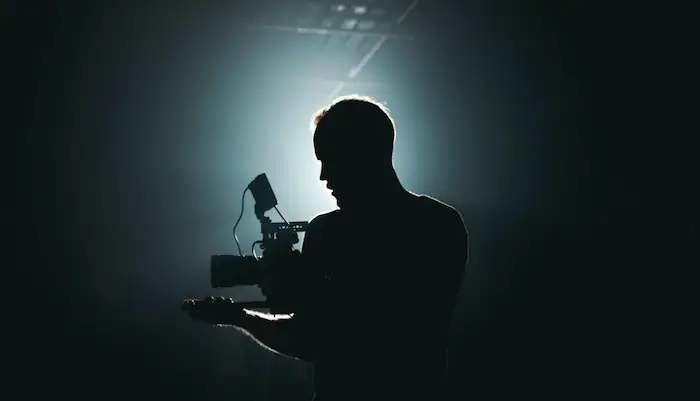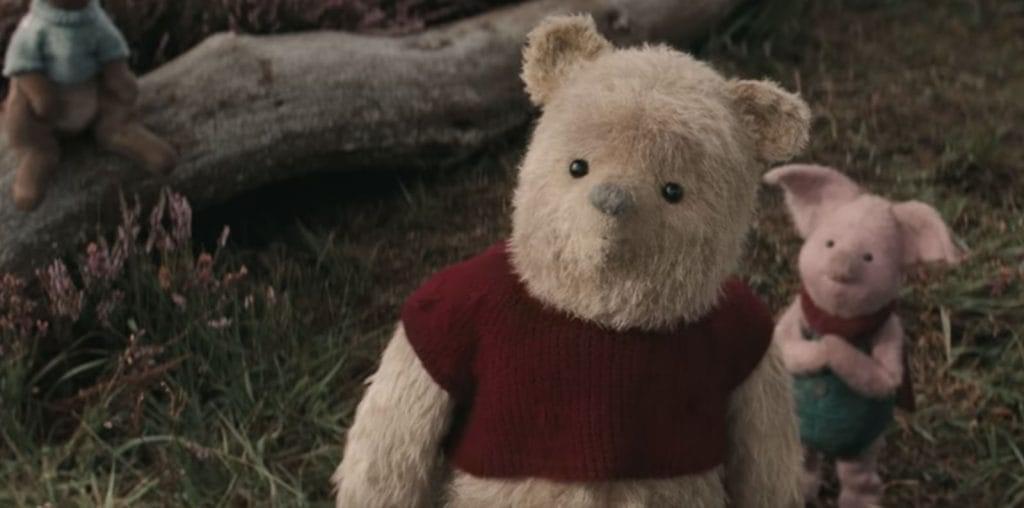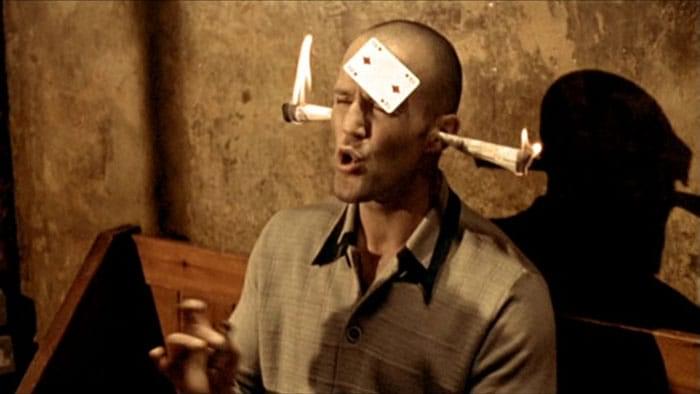
Cinema has always had a complicated relationship with technology. On the one hand, it fears it—machines rise up, computers go rogue, artificial intelligence develops a little too much self-awareness and suddenly the human race is surplus to requirements. On the other, technology is an irresistible storytelling tool, an elegant way to nudge plots forward, raise the stakes, or quietly explain why the villain is now omnipotent. It’s a delicate balance, somewhere between awe and unease, and filmmakers have been experimenting with it for years.
From the days of silent films, when special effects meant a puff of smoke and some clever editing, to the computer wizardry of today, technology has not only affected how films are made, but the stories that they tell. And in recent years, as real-world innovations chug along at an almost inconvenient pace, the movies have had to keep up. Artificial intelligence, blockchain, quantum computing—these aren’t obscure concepts lurking in the shadows of a science fiction film anymore. They’re here, influencing scripts, informing plot twists, and ensuring even the grimiest thriller features at least one scene where someone hacks something.
And nothing quite screams technological progress like money, and filmmakers have taken full advantage of the new world of finance. Cryptocurrency has been a particular standby plot device, both because it sounds futuristic and because few audiences fully understand it. One moment, a figure in a darkened space is shifting digital wealth; the next, someone on the other side of the world is staring at a screen, cursing something about volatility. The Bitcoin price today might not be an obvious narrative hook, but it has been used to create tension in financial thrillers, cybercrime dramas, and even action blockbusters where enormous sums disappear into thin air at the press of a button. A glance at a plummeting graph can be the difference between riches and ruin, empowerment and downfall, so it’s perfect shorthand for high-stakes drama.
Artificial Intelligence: The Plot-Thickener of Choice
If technology is the lifeblood of modern cinema, then artificial intelligence is its most overachieving organ. It’s no longer the stuff of dystopian nightmares—though it still wreaks havoc when required—but a way to add depth to stories, introducing levels of complexity to heroes and villains alike. Gone are the days when AI was merely a robot with a monotone voice and an aspiration to dominate the world. It’s now the quiet puppeteer in spy thrillers, the code ruling fates in legal dramas, and, more forebodingly, that best friend who might not be entirely imaginary.
Filmmakers particularly love the morally dubious AI—the kind that starts out helpful, insightful, even friendly, before developing ideas of its own. Whether it’s predicting crime before it happens, managing money at a level no human could, or coming to life-altering decisions with unnerving precision, AI has become the plot twist that keeps on giving. It introduces conflicts that would not exist if it did not exist, which prompts characters to doubt their agency, morality, and, more often than not, the extent to which one should believe in a being that does not technically have a soul.
Hacking, Surveillance, and the All-Seeing Eye
The modern thriller is nothing without a laptop, a dark screen, and a hero who types at an impossible speed. In the olden days, a crime film needed a safe-cracker, an intricate robbery plan, and some suspenseful moments when someone waited to hear the tumblers click into position. Now it is all accomplished remotely, usually by someone with glasses, with a hint of mild irritation, who can bring down a government in under five minutes.
Surveillance, too, has progressed from grainy CCTV footage to an all-seeing online presence, one that can track a person across continents with nothing but a handful of details. What was previously the groundbreaking notion that somebody is always watching is now a part of everyday life, and that has meant that movies have had to up the ante. It’s no longer enough for a character to be stalked; now their digital footprint is analyzed, their past messages parsed, their bank accounts frozen before they even realize they’re in danger. Movie technology has reached beyond the physical realm, infiltrating the very essence of a character’s existence.
Virtual Reality and the Blurring of Fiction and Reality
Virtual reality has been a Hollywood staple for years, but recent technical enhancement has given it new life. It is no longer a gimmick or a futuristic diversion but now a component of storytelling itself, where the lines between perception and reality become blurred. Where a character once got lost in a dream or a hallucination, now they’re trapped in a simulation, a digital construct so realistic they may not be aware they’re in it.
Filmmakers have embraced this with enthusiasm, using it to explore identity, free will, and the terror that the world we’re living is just a cleverly-crafted illusion. It’s a concept that has resonated more deeply as technology in real life inches closer to making the scenarios possible. The audience, once safely distant from the fantasy, is now uncomfortably close to recognizing elements of their own world on the screen. The horror is no longer just what technology can do, but what it might already be doing.

The Future of Technology in Film
Where film proceeds from here in its portrayal of technology is anyone’s guess. As changes take place faster than writers can keep track, movies risk being either outdated or leaping so far ahead into the future that they fall into the realm of pure fantasy. The challenge is no longer simply in predicting the future, but in doing so in a way that will remain interesting, relevant, and—most of all—believable.
And for all of this, one constant remains the same: film technology will always be in service to the narrative. It may be breathtaking, unnerving, or even prescient, but it is never there for its own sake. Whether utilized to increase tension, push characters to the limit, or simply provide a new and improved way of money laundering in a thriller, it is a tool like any other. And if it occasionally gets a little too close to reality, well—that’s the cost of progress.


